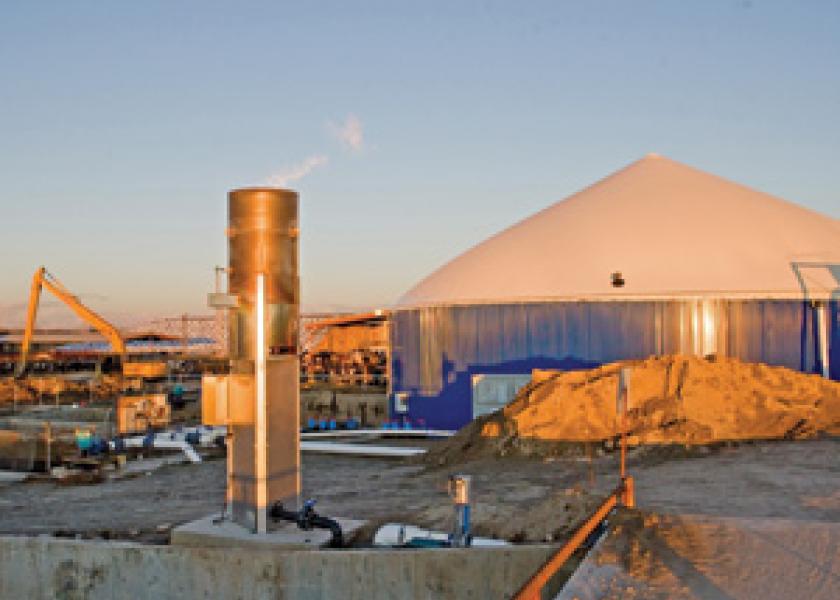The Basics of Carbon Credits

As the dairy industry has been making large strides to become carbon neutral by 2050, dairy farms are adopting new practices to lower carbon emissions on farms. Many discussions about becoming carbon neutral have been lately geared toward carbon credits and markets. Some calling it a potential gold rush for agriculture. However, the carbon market can be very confusing to understand.
What is a carbon credit?
A carbon credit allows the credit’s owner to emit carbon dioxide or other greenhouse gasses into the atmosphere. One credit allows for the emission of one ton of greenhouse gasses.
How does one receive a carbon credit?
The main ways to receive carbon credits are to capture or reduce carbon emissions. Examples of ways farmers are receiving carbon credits are by planting trees, removing land from production, and perhaps the talked about in the dairy industry is adopting methane digesters. Adopted practices need to be the right fit for each dairy farm. Methane digester may not be the right fit for smaller farmers because of the higher start-up cost and low energy produced. However, improving soil health and adopting different manure application techniques may be a good fit for smaller farms.
What is the market for carbon?
Currently, two different markets exist. While both use commodity pricing for credits, they are structured differently. The first is the voluntary carbon market. The voluntary market is a global market in which companies or organizations can purchase carbon credits to meet environmental goals set by their industries or partners.
The other market is the compliance carbon market. The compliance carbon market is policy-driven. Companies may purchase credits to meet regional, state, national, or international emission requirements. For example, an organization that produces carbon below its threshold can sell its additional credits to a company that produces above its enforced emissions requirement. The compliance market would operate somewhat similar to a milk quota system.
What to consider before entering a carbon market?
The first thing that needs to be considered is reducing carbon emissions or capturing carbon as the best fit for the farm. Some practices can be costly, so we need to know how these practices will pay off in the long run. We also need to explore the different markets. Contracts, acreage limits, payments, and carbon emission verifications differ between the markets. These types of questions should all be answered before entering a market.







